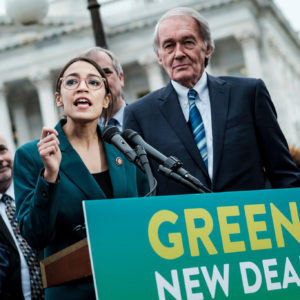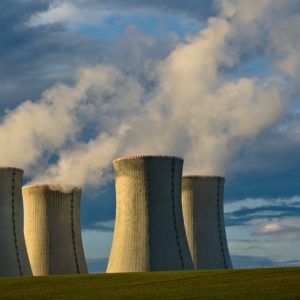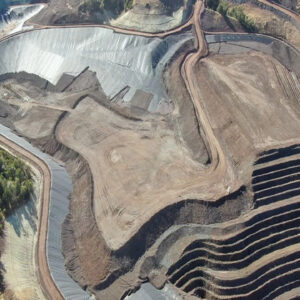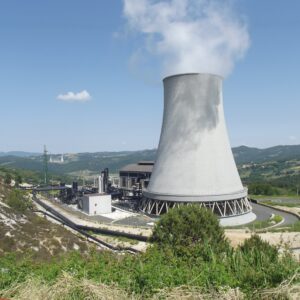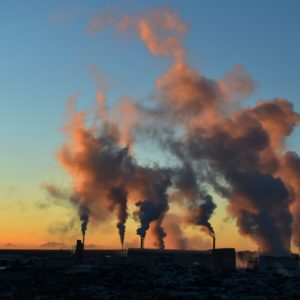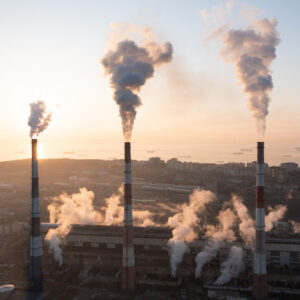"Most importantly, trade, in the climate change era, allows economies with relatively clean sources of energy to specialize in energy-intensive goods and services. It is essential both to shift the footprint of global production to where things can be made at the least cost to the environment and to allow the dirtier producers in the developing world to acquire technologies — mostly originated in richer nations — that will enable them to reduce their emissions, too."
The Green New Deal is awful but unlikely
“The adverse economic effects of a net-zero policy, even in its narrower dimension, would be huge, emerging sooner rather than later, and carrying with them serious political impacts. My estimate of the direct cost of only the electricity component of the Green New Deal is about a half trillion dollars per year, or about $4,000 annually per U.S. household, and that is based on a set of highly conservative assumptions.”
Three uranium mines open in the US
"At the end of November last year, uranium prices reached more than $80 per pound (lb) for the first time in more than 15 years. Commenting on the attractive market conditions, Mark Chalmers, CEO of Energy Fuels, said: 'Due to the substantial increase in uranium prices, US Government support for nuclear energy and nuclear fuel, and a global focus on reducing carbon emissions, Energy Fuels is resuming large-scale uranium production.'"
Promising ‘low-carbon future,’ mining company to pump $2 billion into Arizona zinc mine
"Only 6% of global zinc production occurs in the U.S., according to South32, and demand is expected to exceed supply by 3 million tons in 2031. The mineral is used in batteries to store energy, and in wind turbines, electric vehicles and in galvanizing steel for road and bridge construction."
Tech Giants Are Looking to Power the Cloud with Nuclear Energy
Recognizing the need for reliable power to meet demand and clean energy to meet carbon reduction goals, companies are turning to nuclear power.
What the Baltimore Bridge Reconstruction Says About Our Future Energy Needs and Environmental Goals
We have the tools that to build cleaner and faster, but obstructive regulations are hindering progress.
ExxonMobil’s Plan to Capture Carbon
"One of the proven technologies available that could play a major role is carbon capture and storage, or CCS, the process of sequestering industrial emissions and safely storing them permanently underground. CCS also promises the potential to reduce carbon emissions significantly at a cost competitive to other solutions, especially for the manufacturing sector."
The American Dream in Crisis for Rural Communities: A review of Grace Olmstead’s Uprooted: Recovering the Legacy of the Places We’ve Left Behind
Uprooted argues that our hometowns deserve better. They deserve the second thought that young people neglect to give them when they leave home for school, jobs, relationships and escape.
Cleveland Browns Owner Backs New Initiative to Cut Heavy Industry Emissions
"HF Capital has also invested in several energy companies, including Royal Dutch Shell Plc-backed solar developer Silicon Ranch Corp. as well as Arizona DF Renewables, a renewable natural gas producer. Environmentalists have warned that renewable natural gas is still a greenhouse gas, one that is at least 84 times more potent than CO2 when it comes to warming the atmosphere over a 20-year period, though it also qualifies for California’s Low Carbon Fuel Standard."
Regenerative Farming: Fashionably Late, but Here to Stay
Cotton is a staple product in shirts and jeans, but the carbon emissions released from large agricultural fields are a big contributor to climate change. Regenerative farming offers a solution.

